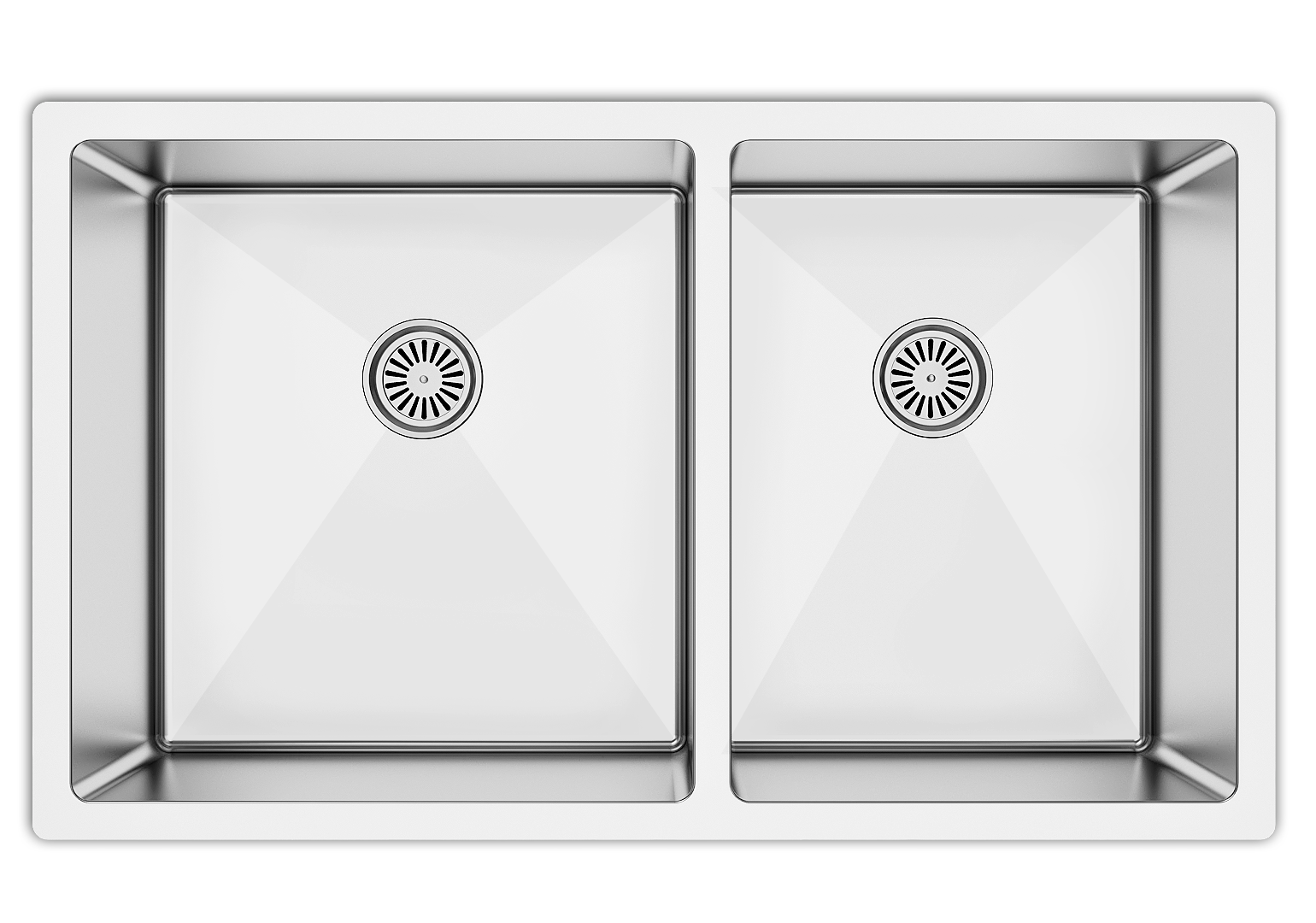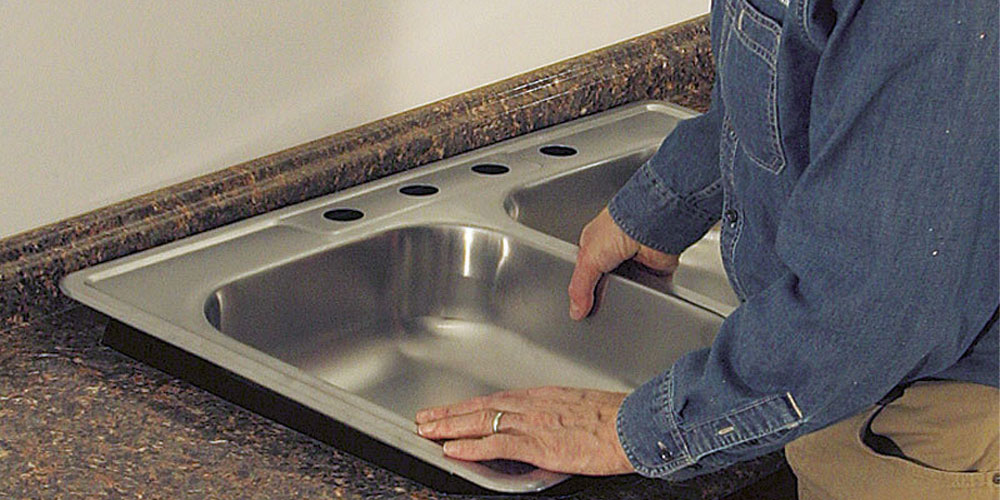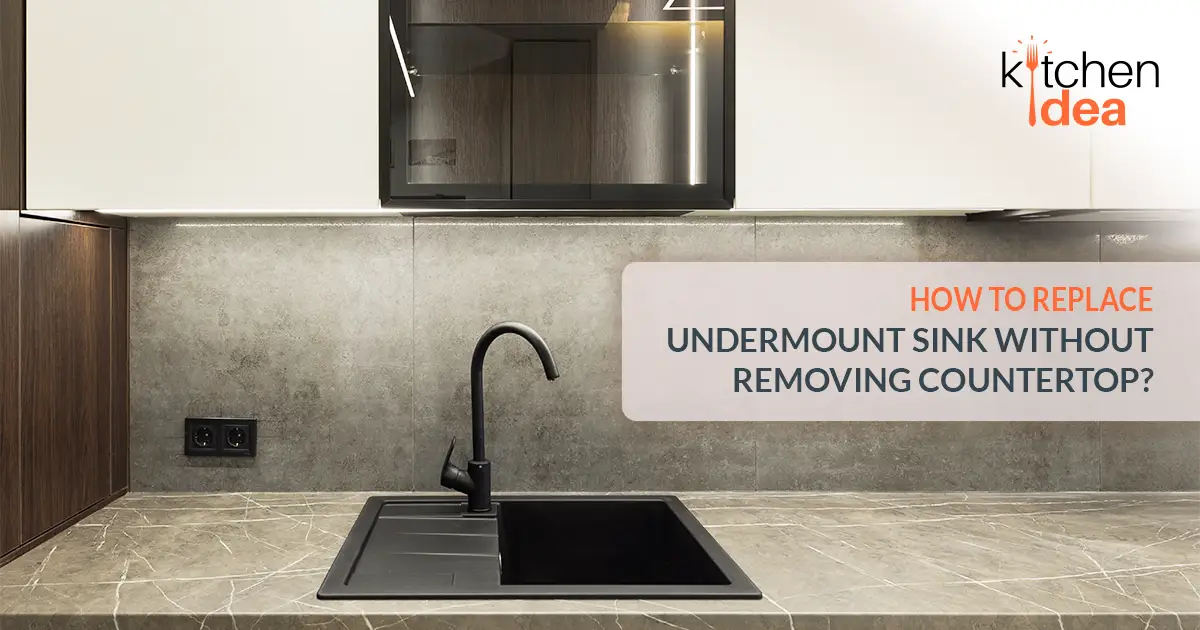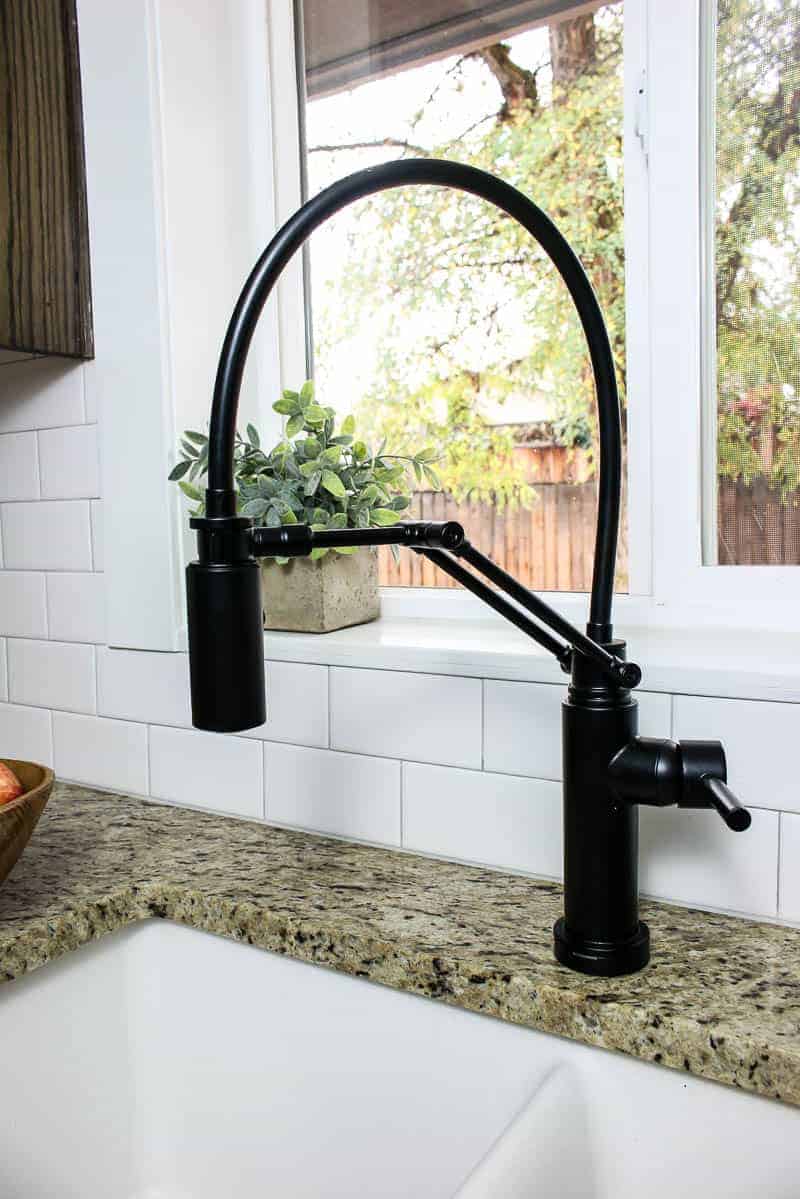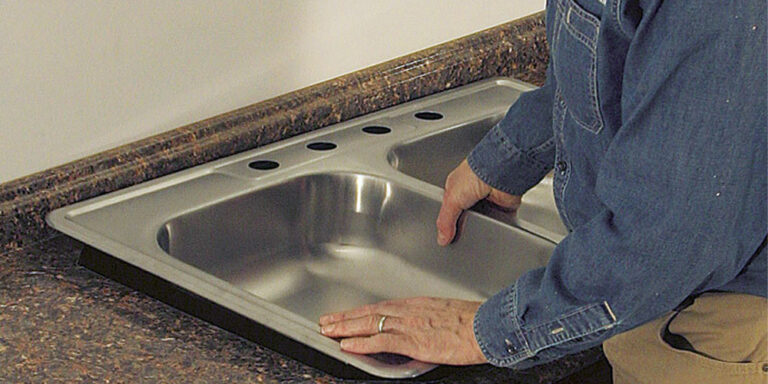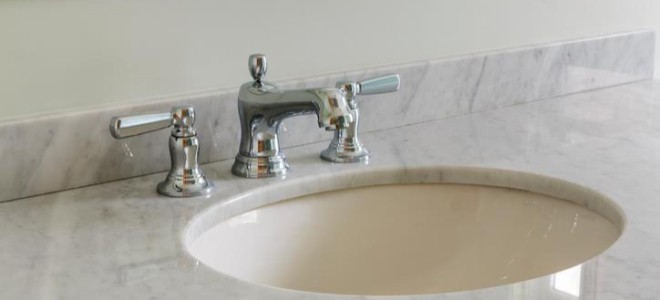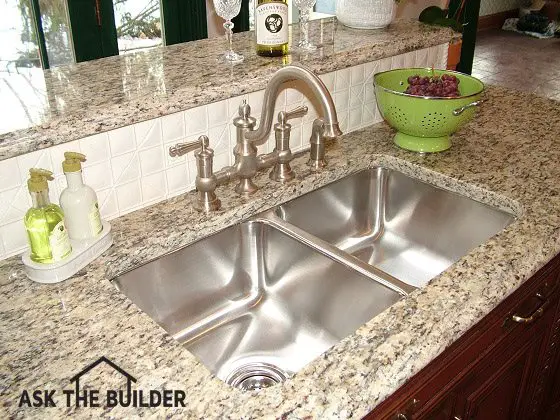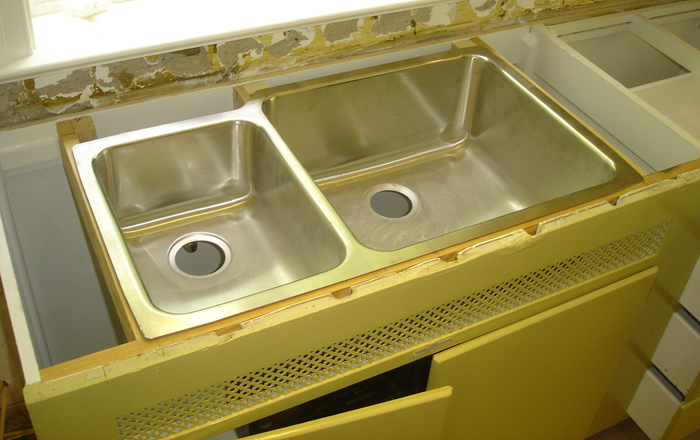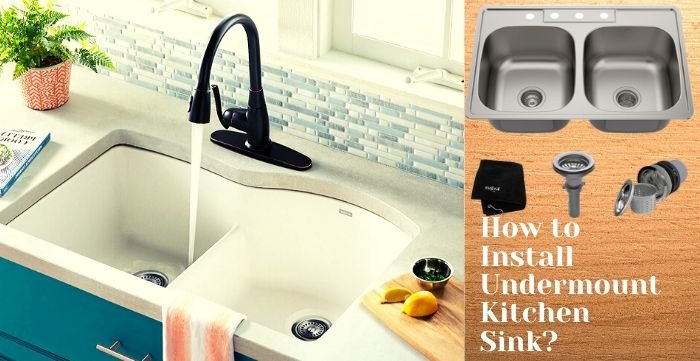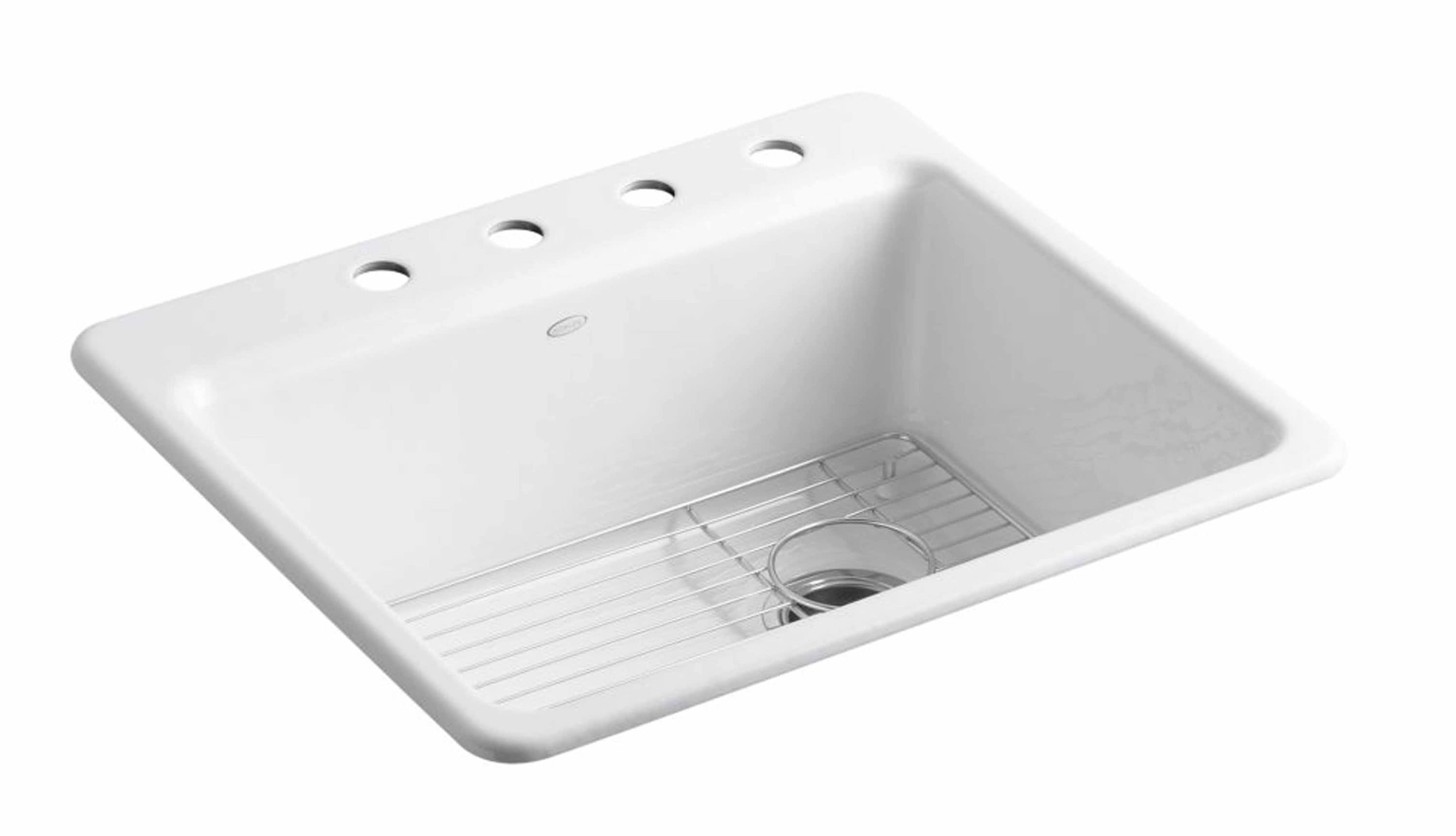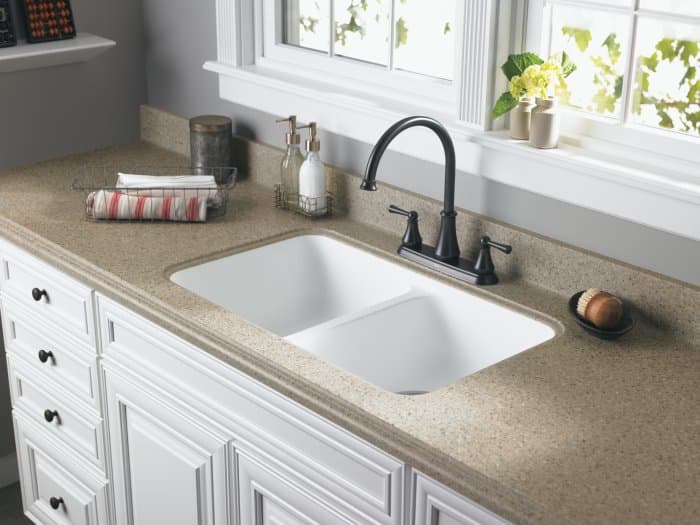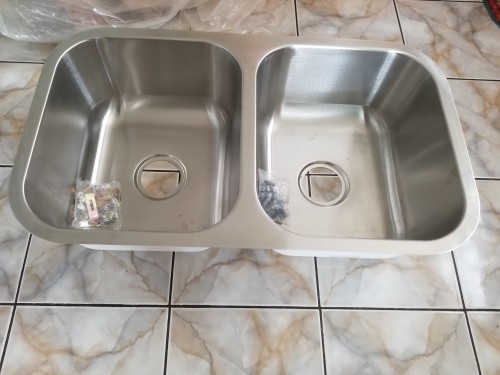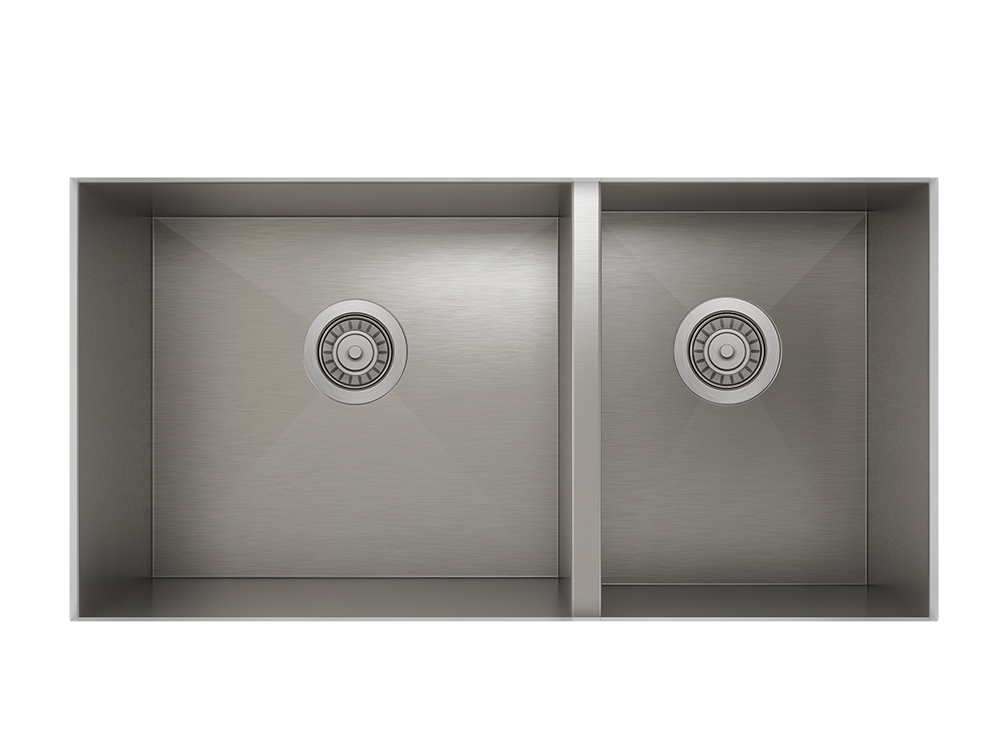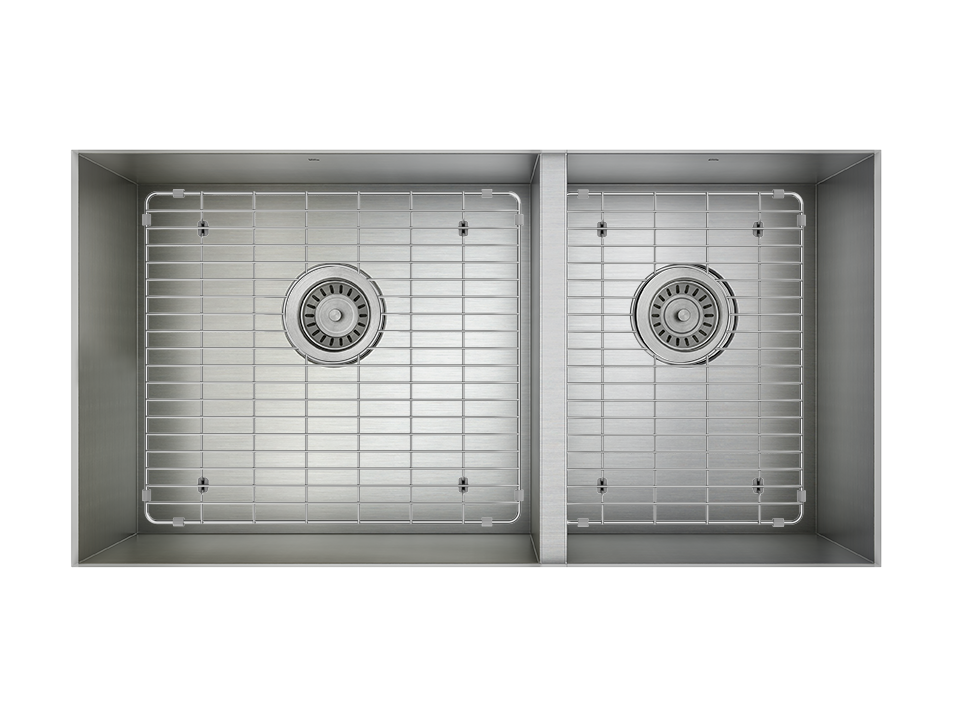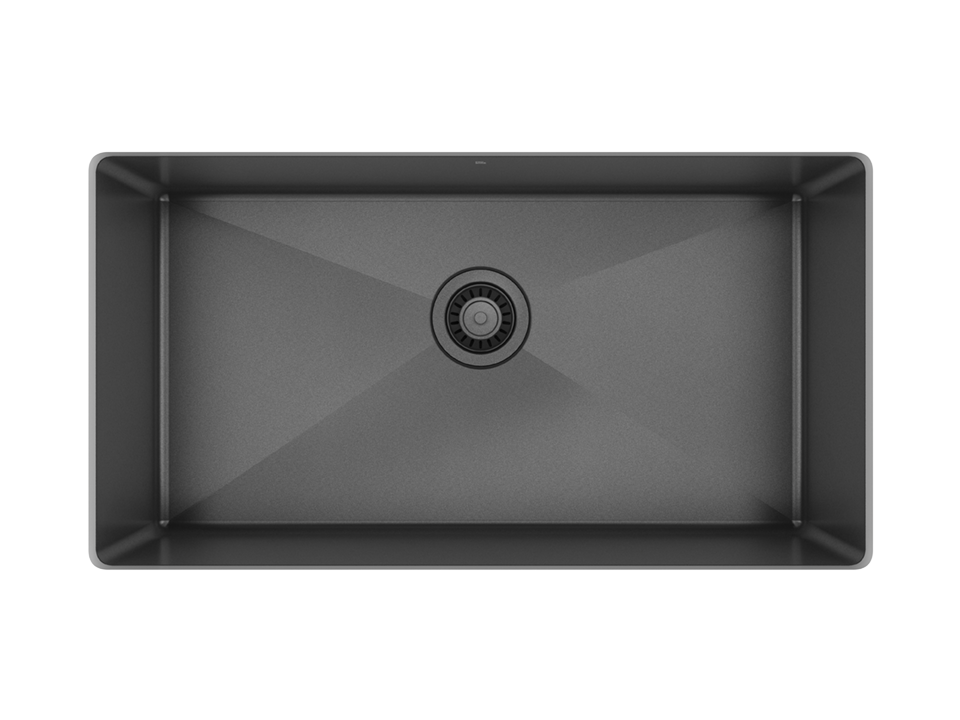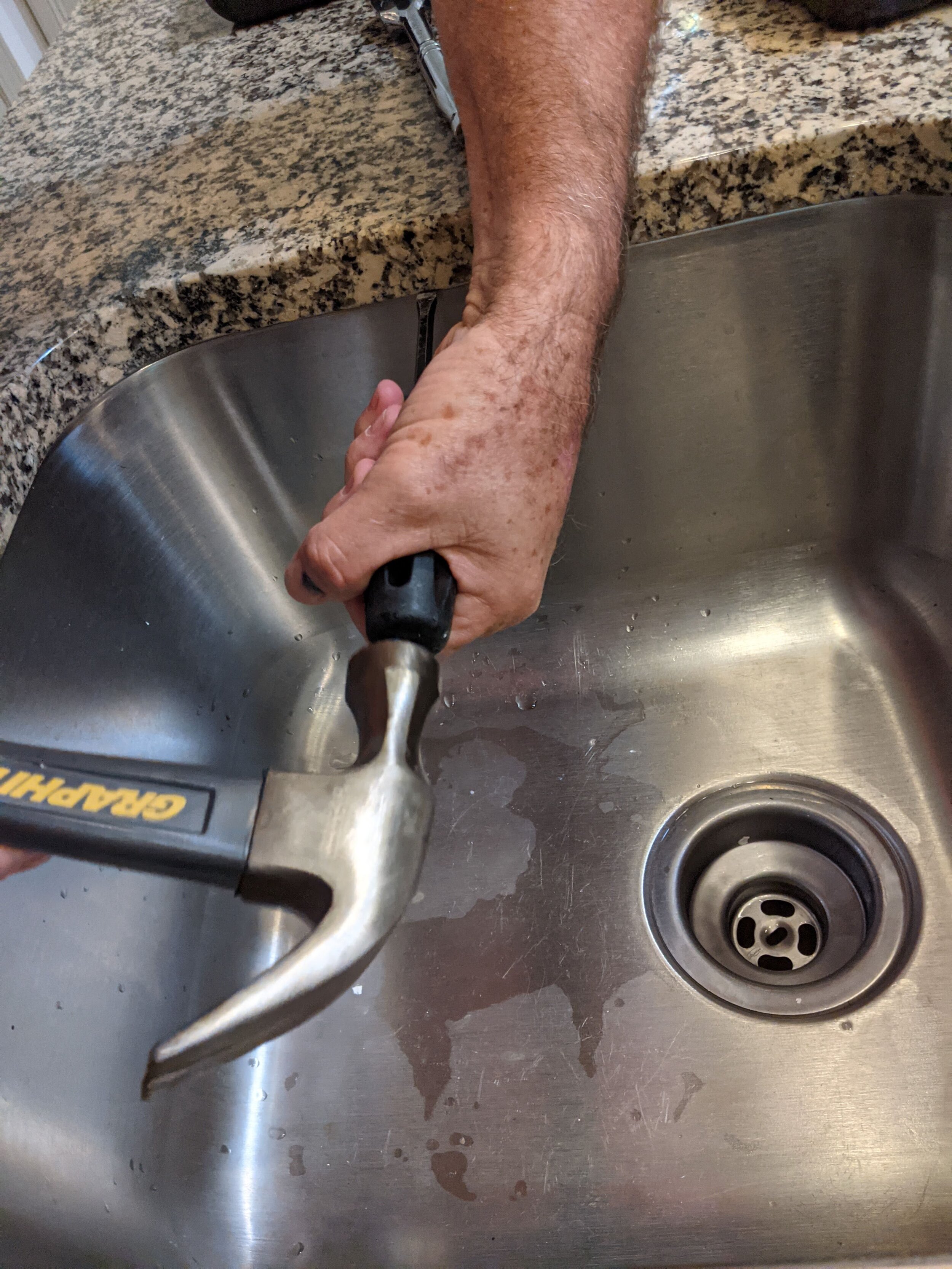If you're looking to change up the look of your kitchen or need to replace a faulty sink, removing an undermount kitchen sink may seem like a daunting task. But fear not, with the right tools and techniques, it can be a relatively straightforward process. In this article, we'll guide you through the steps of removing an undermount kitchen sink like a pro.How to Remove an Undermount Kitchen Sink
Before you begin, make sure to turn off the water supply and disconnect any plumbing connections to the sink. You'll also want to clear out the area under the sink and have a few towels handy to catch any water that may come out during the removal process. The first step is to locate the clips securing the sink to the countertop. These can usually be found underneath the sink, attached to the lip of the sink. Use a screwdriver to loosen and remove the clips. Next, you'll need to remove the sealant that is holding the sink in place. This can be done using a putty knife or a scraper. Gently run the tool along the edges of the sink to break the seal and release the sink from the countertop. Once the sealant is removed, you can carefully lift the sink out of the countertop. It's important to have an extra set of hands for this step, as the sink can be heavy and awkward to maneuver on your own. If your sink is attached to a garbage disposal, you'll need to disconnect it before fully removing the sink. This can usually be done by unscrewing the mounting ring that connects the disposal to the sink and disconnecting the electrical and plumbing connections. Once the sink is fully removed, you can clean up any remaining sealant or debris from the countertop and prepare it for the new sink installation.Removing an Undermount Kitchen Sink: A Step-by-Step Guide
If you're a DIY enthusiast, you may be tempted to tackle this project on your own. While it is possible to remove an undermount kitchen sink yourself, it's important to have the right tools and knowledge to avoid any mishaps or damage to your countertop. Make sure to have a good quality putty knife or scraper, as well as a screwdriver, to remove the sink clips. It's also helpful to have someone to assist you, as removing the sink can be a two-person job. Be patient and take your time during the removal process. Rushing or using too much force can result in damage to your sink or countertop, which could end up costing you more in the long run.DIY: Removing an Undermount Kitchen Sink
Here are a few tips and tricks to keep in mind when removing an undermount kitchen sink:Removing an Undermount Kitchen Sink: Tips and Tricks
Removing an undermount kitchen sink may seem like a daunting task, but with the right tools and techniques, it can be a relatively simple process. Just make sure to turn off the water supply and take your time to avoid any damage to your sink or countertop.Undermount Kitchen Sink Removal Made Easy
To summarize, here's a step-by-step guide for removing an undermount kitchen sink:Step-by-Step Guide for Removing an Undermount Kitchen Sink
Before attempting to remove an undermount kitchen sink, it's important to have a good understanding of the process and the necessary tools. If you're unsure or uncomfortable with the task, it's always best to consult a professional to avoid any potential damage or accidents. Additionally, make sure to properly dispose of the old sink and any other materials used during the removal process. This may include old sealant, clips, or any other debris.Removing an Undermount Kitchen Sink: What You Need to Know
Properly removing an undermount kitchen sink is a crucial step in any sink replacement or kitchen renovation project. By following the steps outlined in this article, you can ensure a smooth and successful removal process without any damage or mishaps.How to Properly Remove an Undermount Kitchen Sink
Here are some common mistakes to avoid when removing an undermount kitchen sink:Undermount Kitchen Sink Removal: Common Mistakes to Avoid
To successfully remove an undermount kitchen sink, you'll need the following tools:Removing an Undermount Kitchen Sink: Tools and Techniques
Why Undermount Kitchen Sinks are a Popular Choice for Modern House Design

The Advantages of Undermount Kitchen Sinks
 Undermount kitchen sinks have become increasingly popular in modern house design due to their sleek and seamless appearance. These sinks are installed underneath the countertop, creating a smooth surface that is both functional and aesthetically pleasing.
One of the main advantages of undermount kitchen sinks is their versatility. They come in a variety of materials, such as stainless steel, granite, and porcelain, allowing homeowners to choose the one that best fits their design aesthetic. Additionally, undermount sinks can be customized to fit any size or shape of countertop, making them a great choice for both small and large kitchens.
Another key benefit of undermount kitchen sinks is their easy maintenance. Since they are installed underneath the countertop, there is no lip or rim to clean around, making it easier to wipe down and keep the sink area clean. This also prevents any dirt or grime from accumulating on the edges, ensuring a hygienic and sanitary kitchen environment.
Undermount kitchen sinks have become increasingly popular in modern house design due to their sleek and seamless appearance. These sinks are installed underneath the countertop, creating a smooth surface that is both functional and aesthetically pleasing.
One of the main advantages of undermount kitchen sinks is their versatility. They come in a variety of materials, such as stainless steel, granite, and porcelain, allowing homeowners to choose the one that best fits their design aesthetic. Additionally, undermount sinks can be customized to fit any size or shape of countertop, making them a great choice for both small and large kitchens.
Another key benefit of undermount kitchen sinks is their easy maintenance. Since they are installed underneath the countertop, there is no lip or rim to clean around, making it easier to wipe down and keep the sink area clean. This also prevents any dirt or grime from accumulating on the edges, ensuring a hygienic and sanitary kitchen environment.
Enhancing the Look of Your Kitchen
 In addition to their practical advantages, undermount kitchen sinks also add a touch of elegance to any kitchen. The seamless design creates a modern and minimalist look, making it a great choice for contemporary house design. The lack of a visible rim also creates a smooth and uninterrupted flow in the kitchen, making it feel more spacious and open.
Furthermore, undermount kitchen sinks can be a great way to showcase your countertop material. With no rim or lip to obstruct the view, the full beauty of your countertop can be appreciated. This is especially beneficial for homeowners who have invested in high-quality and visually appealing countertops.
Removing Your Old Undermount Kitchen Sink
If you are looking to upgrade your kitchen and remove your old undermount sink, it is important to seek professional help to ensure a smooth and error-free process. A qualified plumber can safely remove the sink without causing any damage to your countertop. They can also advise on the best type of undermount sink to install based on your specific kitchen layout and needs.
In conclusion, undermount kitchen sinks offer a multitude of benefits that make them a popular choice for modern house design. Their versatility, easy maintenance, and ability to enhance the overall look of a kitchen make them a practical and stylish choice for any homeowner. So, if you are considering a kitchen renovation, consider the sleek and seamless design of an undermount sink.
In addition to their practical advantages, undermount kitchen sinks also add a touch of elegance to any kitchen. The seamless design creates a modern and minimalist look, making it a great choice for contemporary house design. The lack of a visible rim also creates a smooth and uninterrupted flow in the kitchen, making it feel more spacious and open.
Furthermore, undermount kitchen sinks can be a great way to showcase your countertop material. With no rim or lip to obstruct the view, the full beauty of your countertop can be appreciated. This is especially beneficial for homeowners who have invested in high-quality and visually appealing countertops.
Removing Your Old Undermount Kitchen Sink
If you are looking to upgrade your kitchen and remove your old undermount sink, it is important to seek professional help to ensure a smooth and error-free process. A qualified plumber can safely remove the sink without causing any damage to your countertop. They can also advise on the best type of undermount sink to install based on your specific kitchen layout and needs.
In conclusion, undermount kitchen sinks offer a multitude of benefits that make them a popular choice for modern house design. Their versatility, easy maintenance, and ability to enhance the overall look of a kitchen make them a practical and stylish choice for any homeowner. So, if you are considering a kitchen renovation, consider the sleek and seamless design of an undermount sink.






